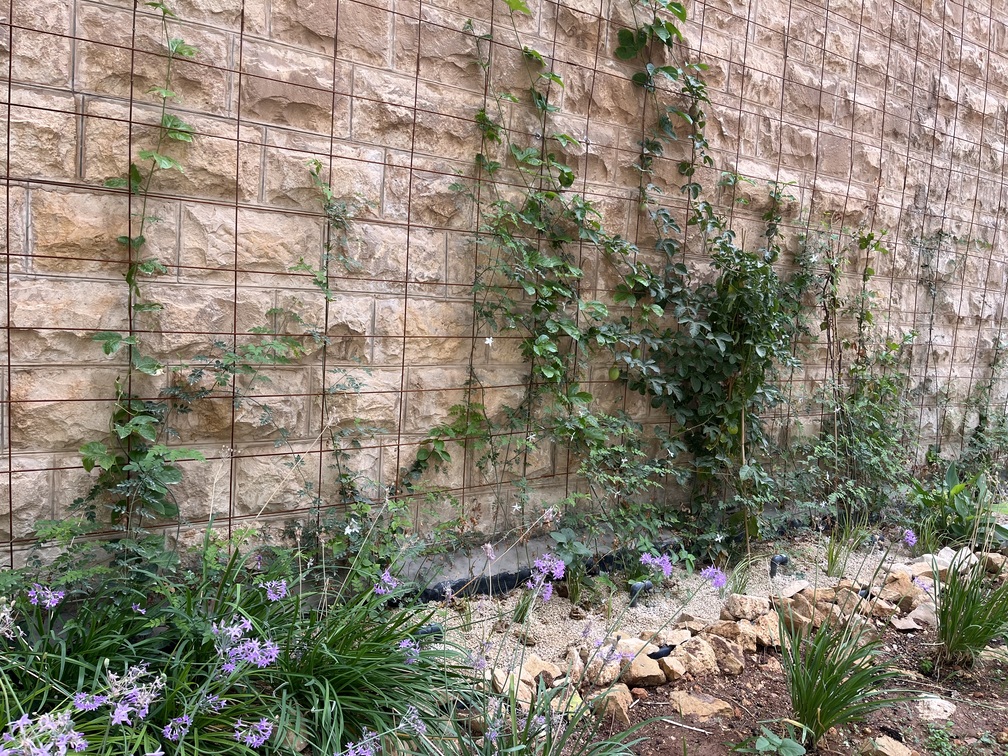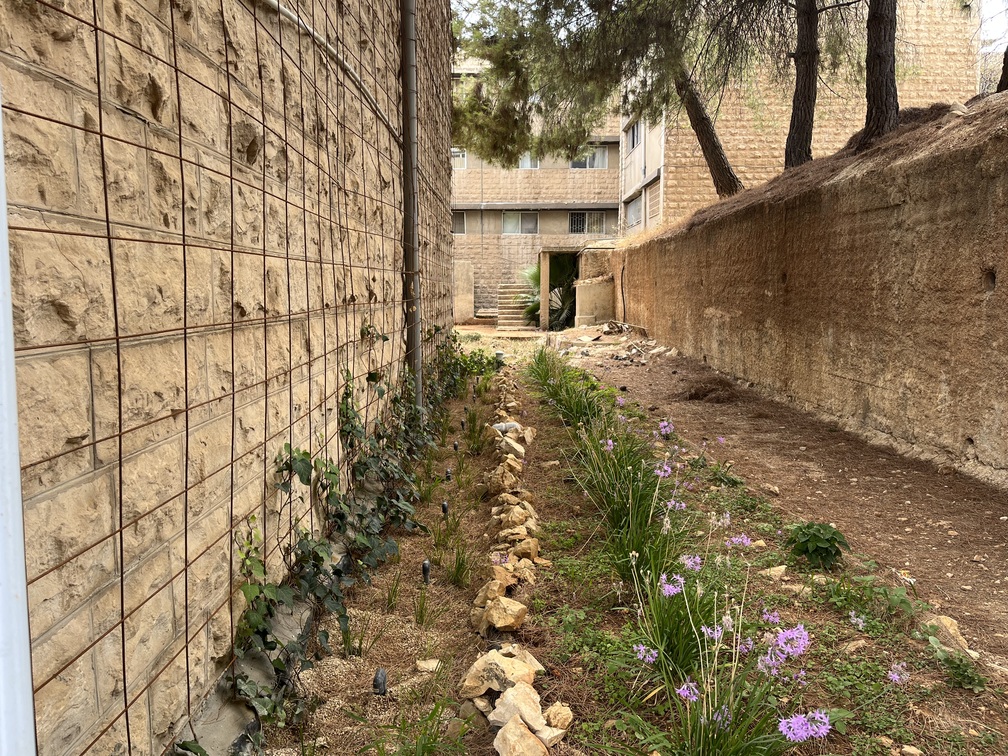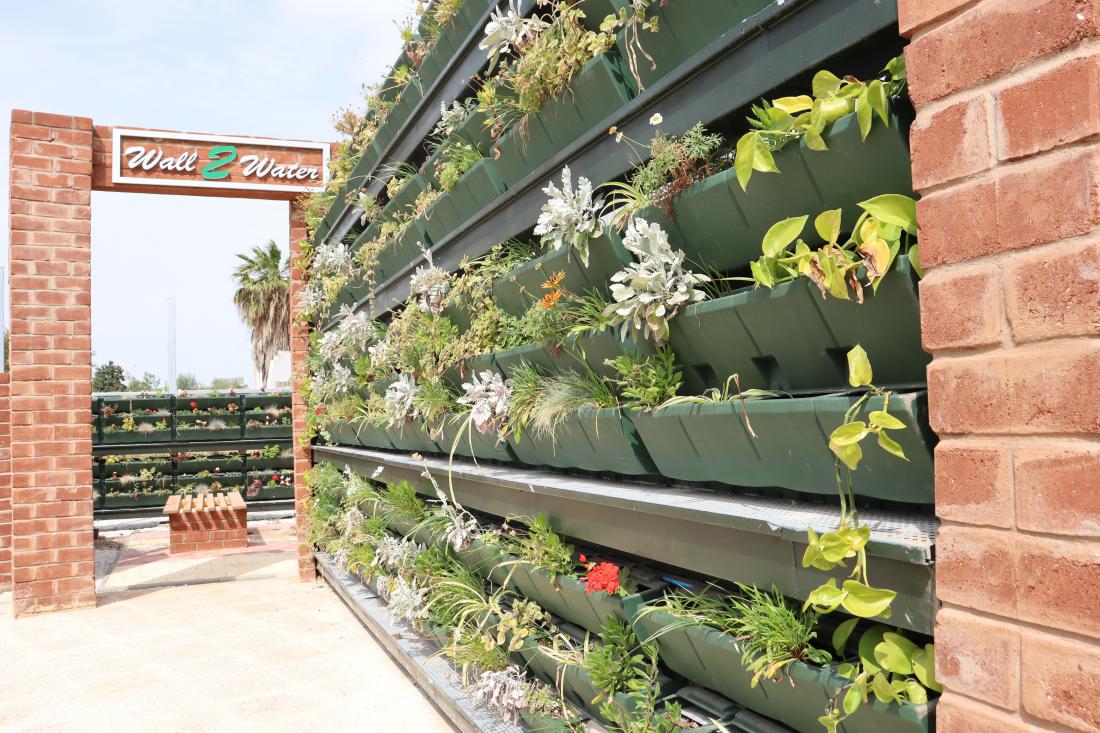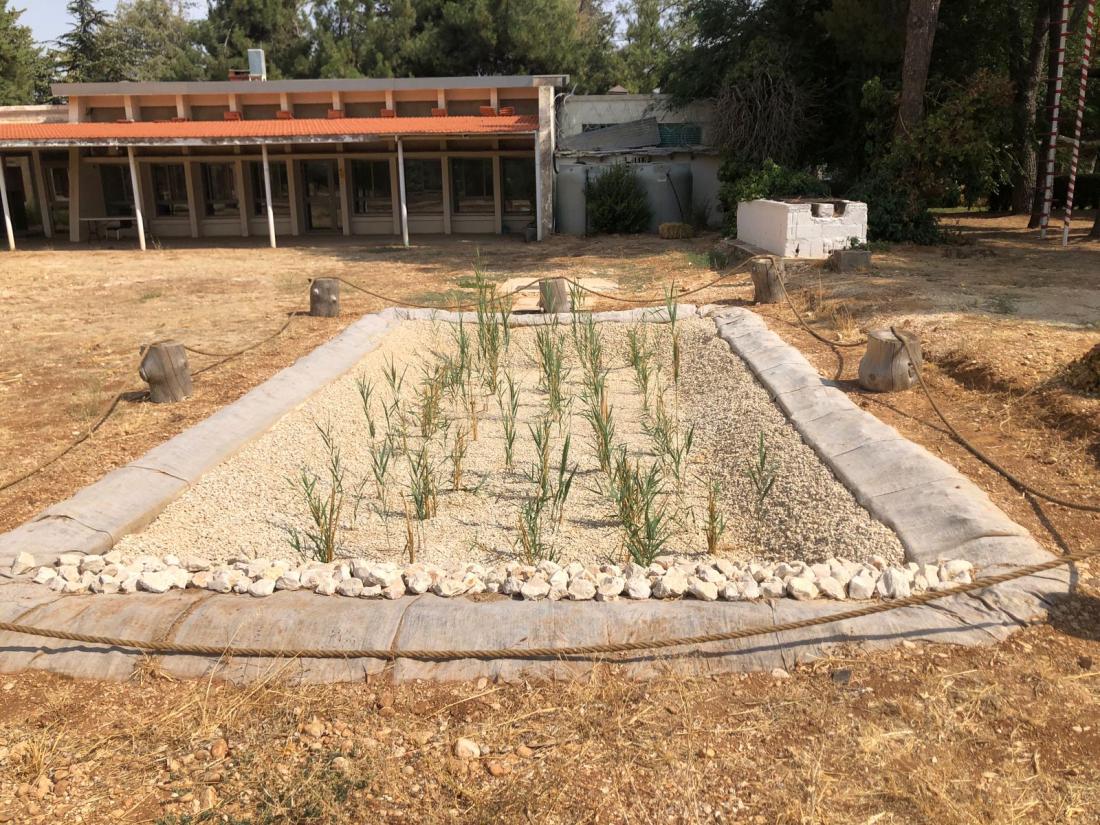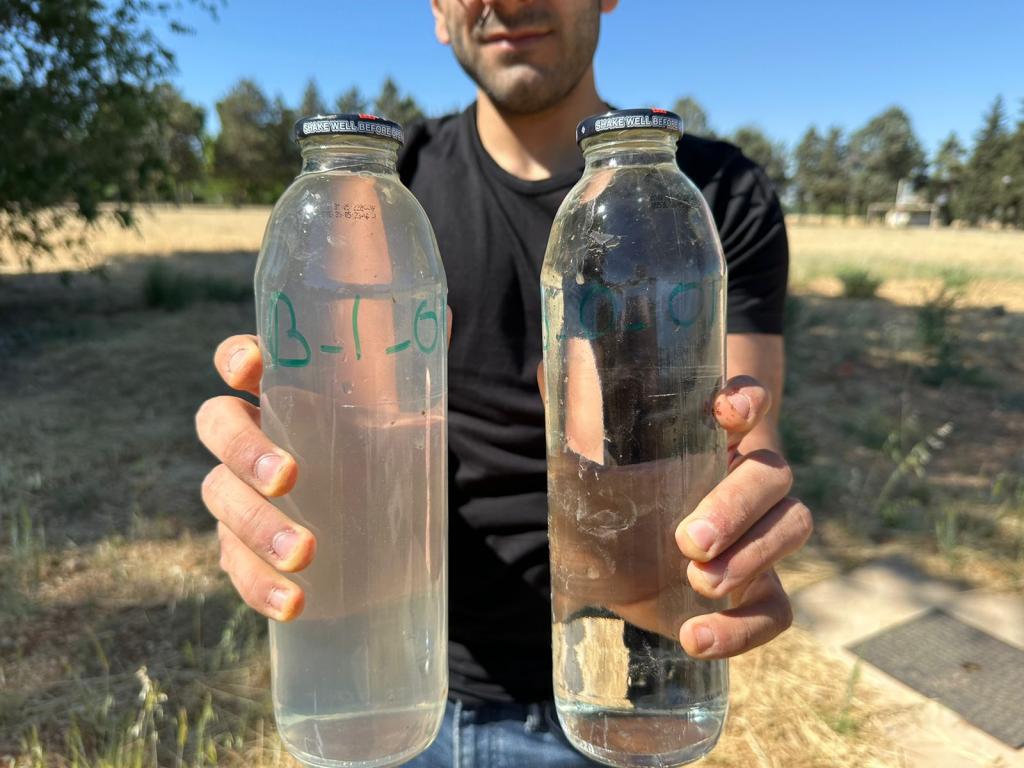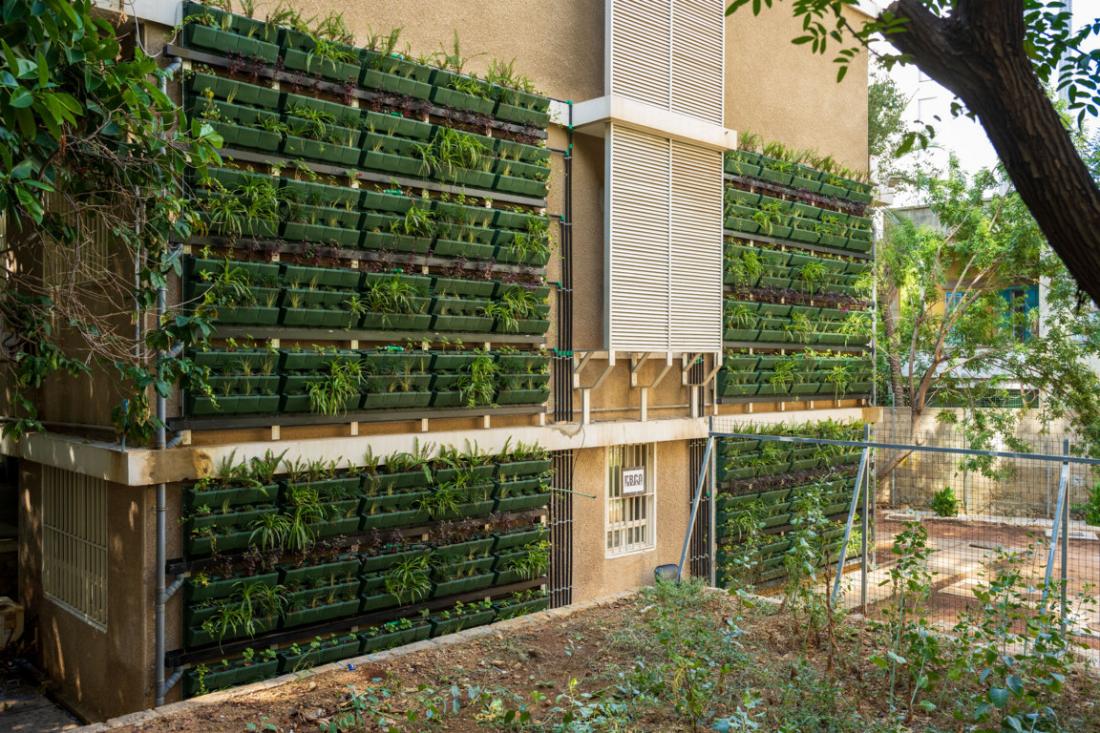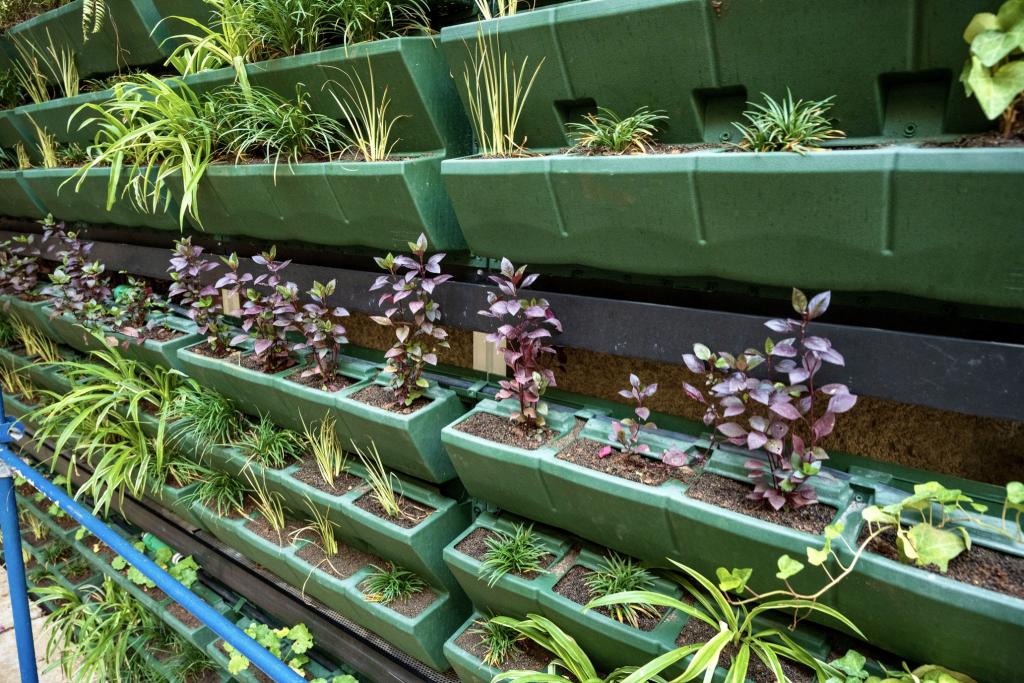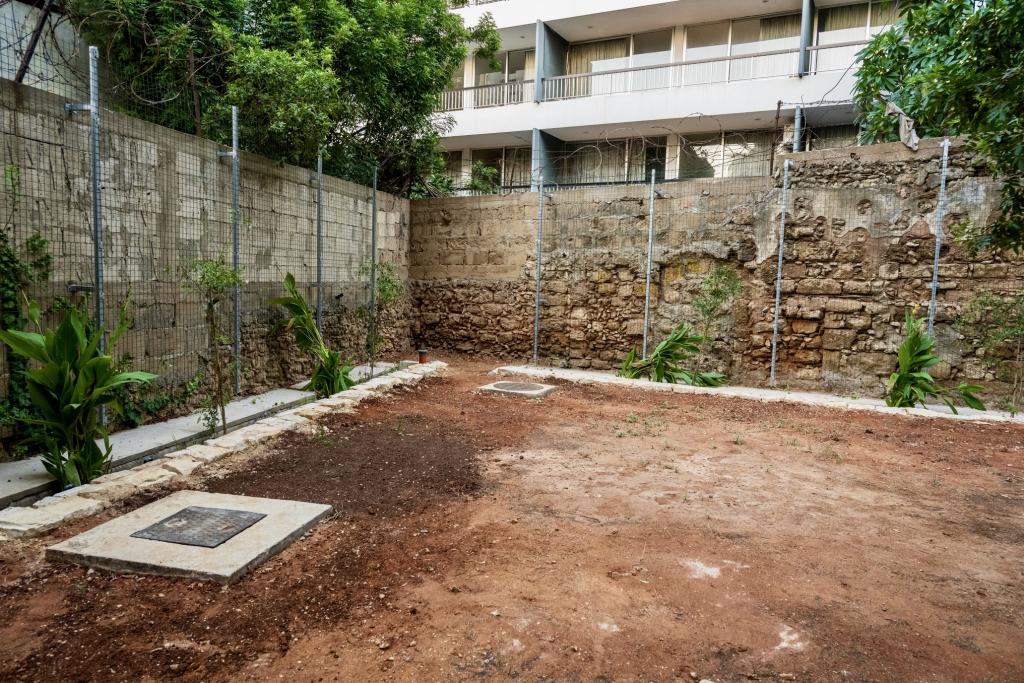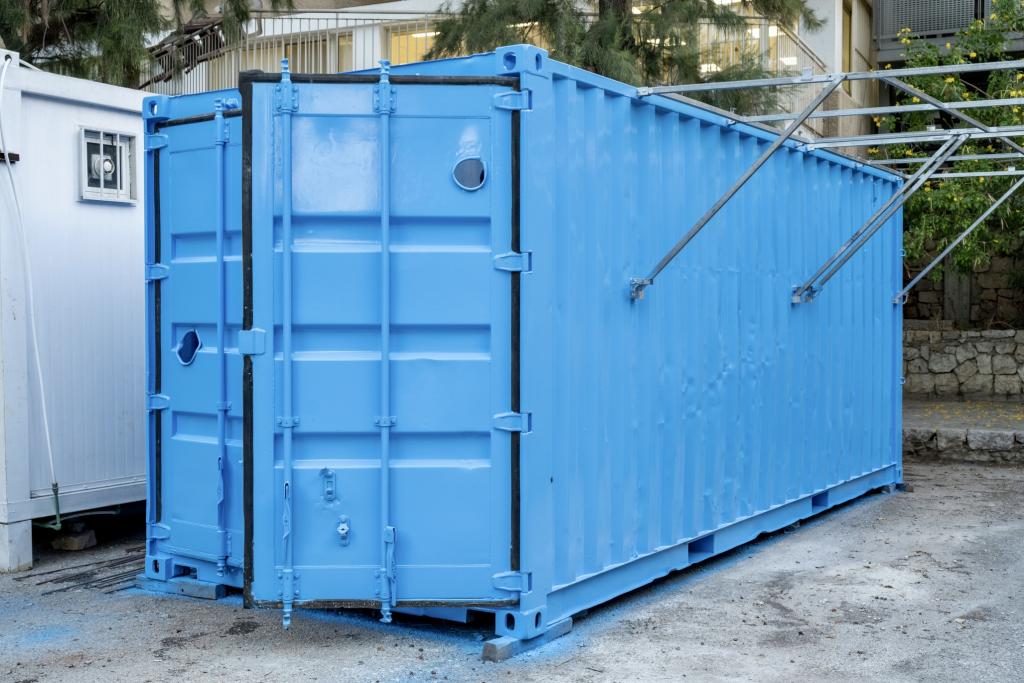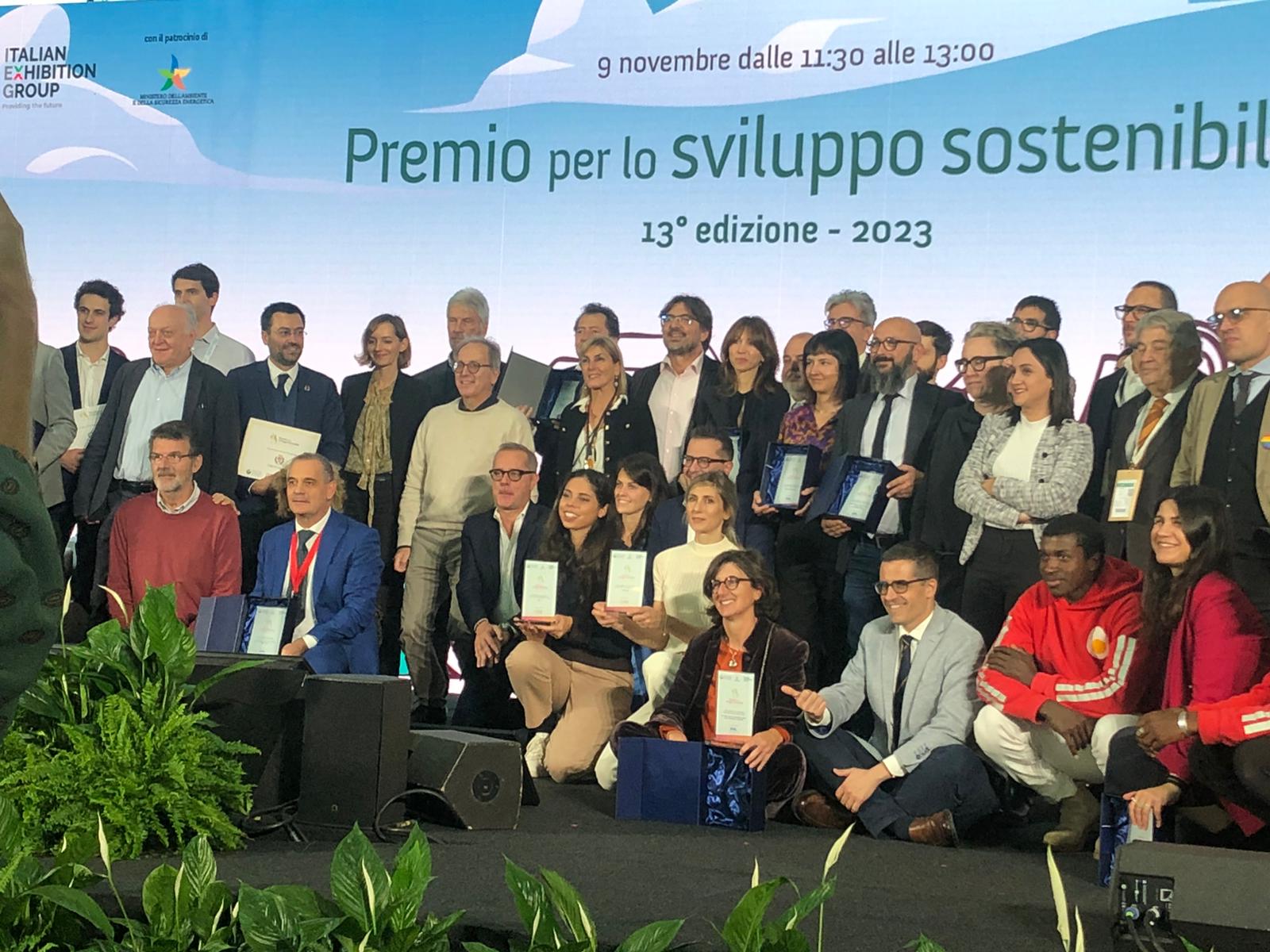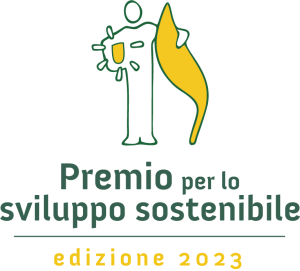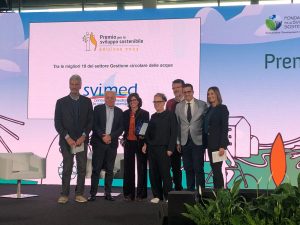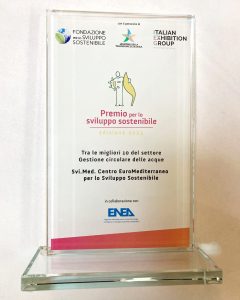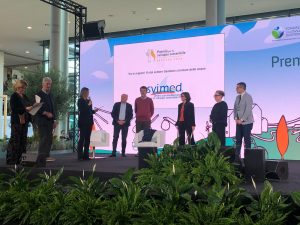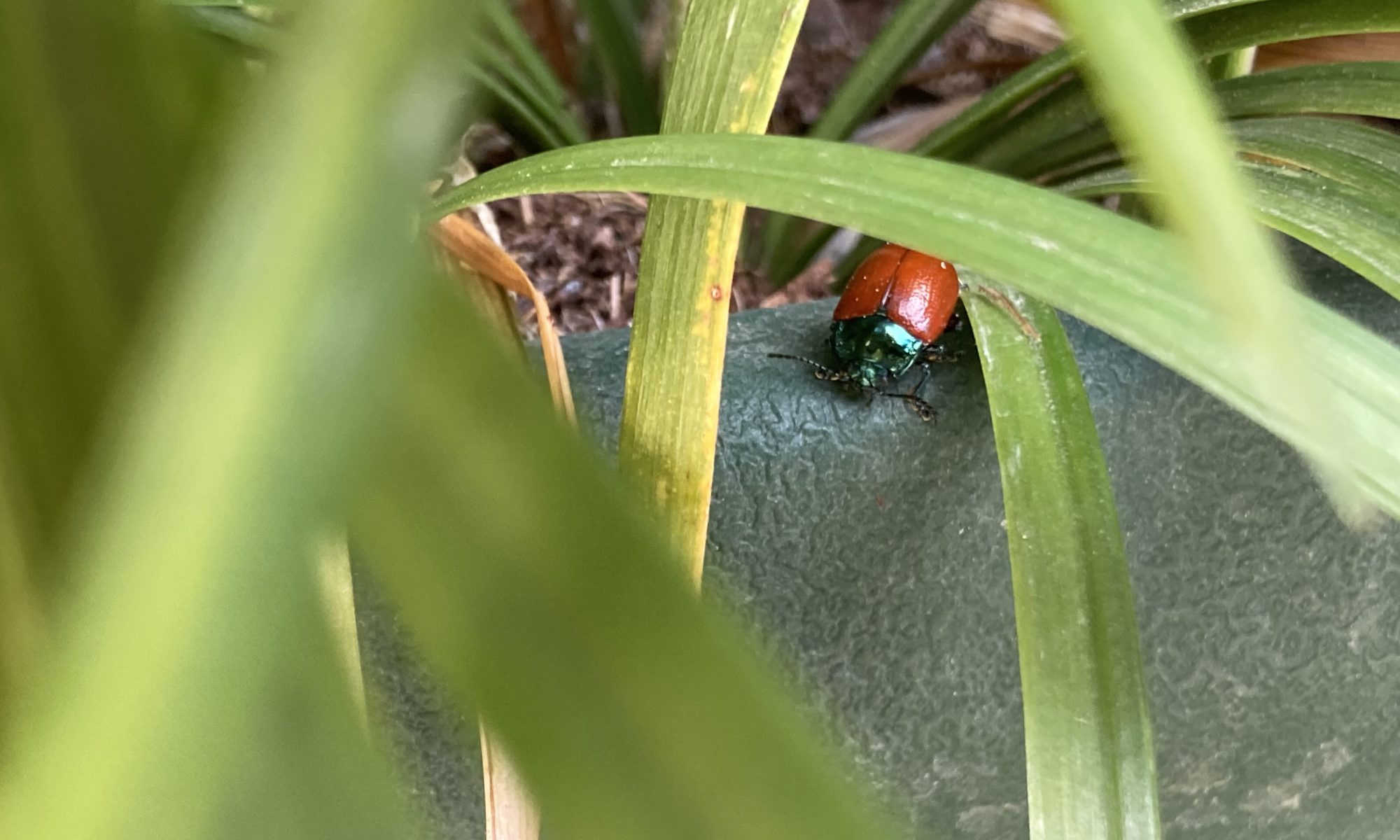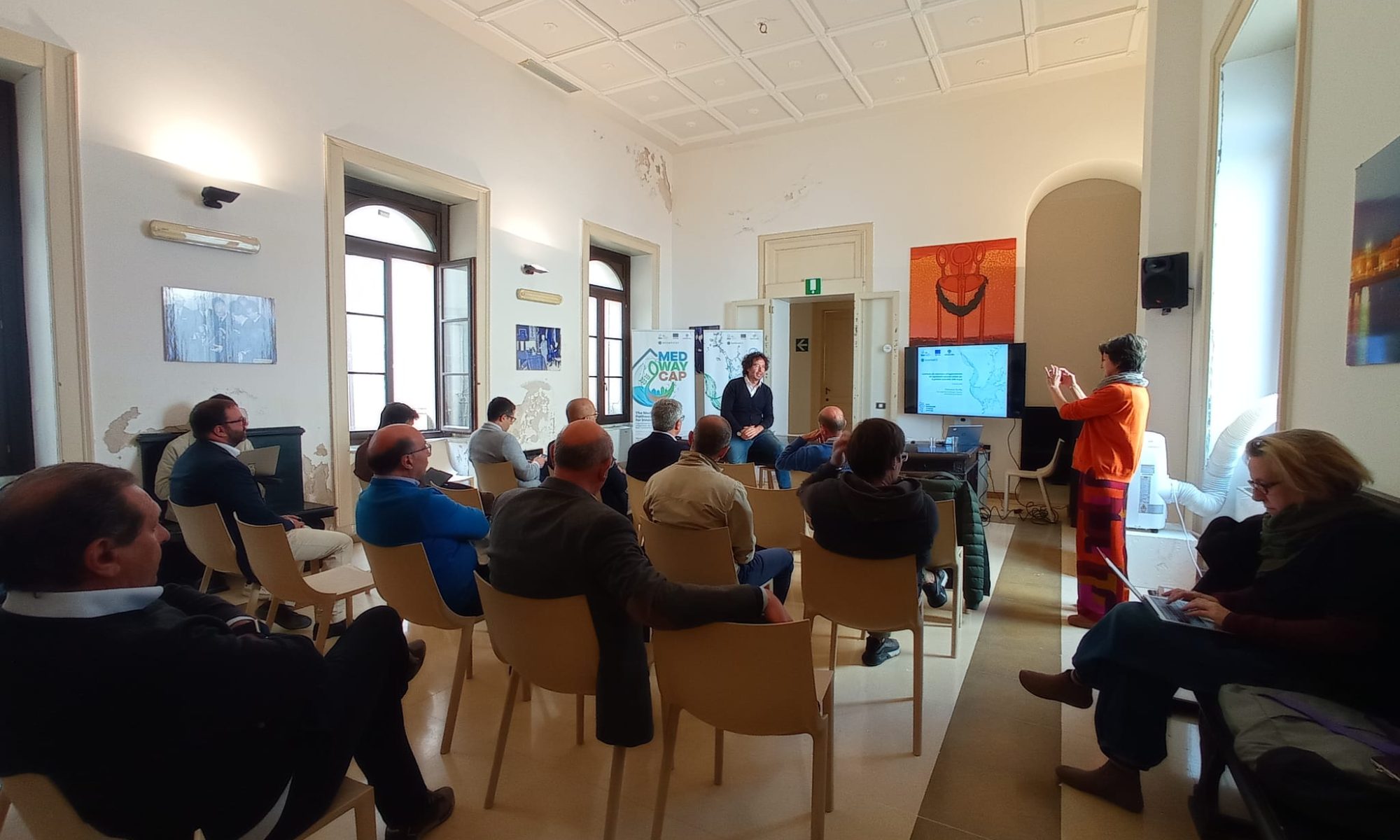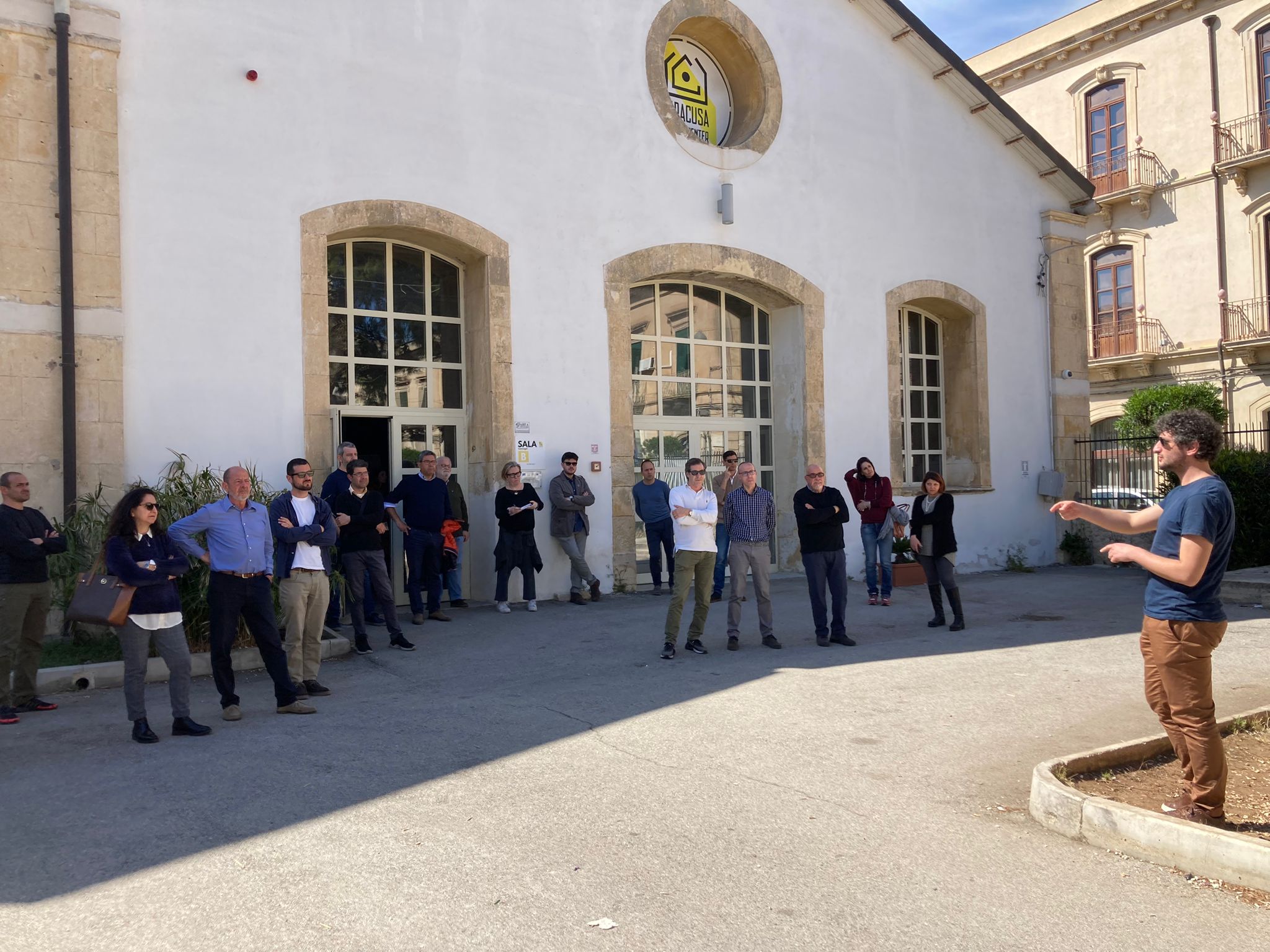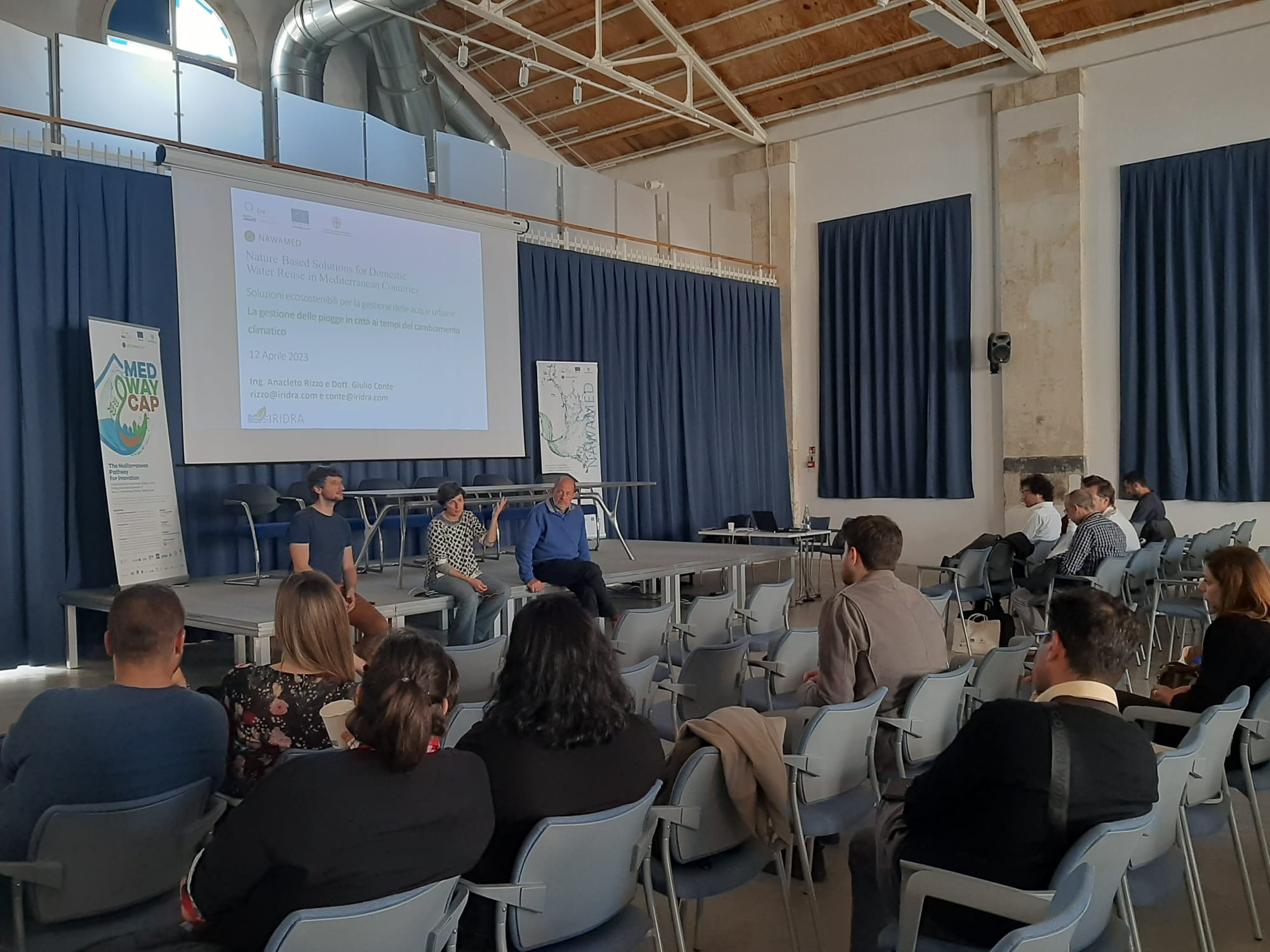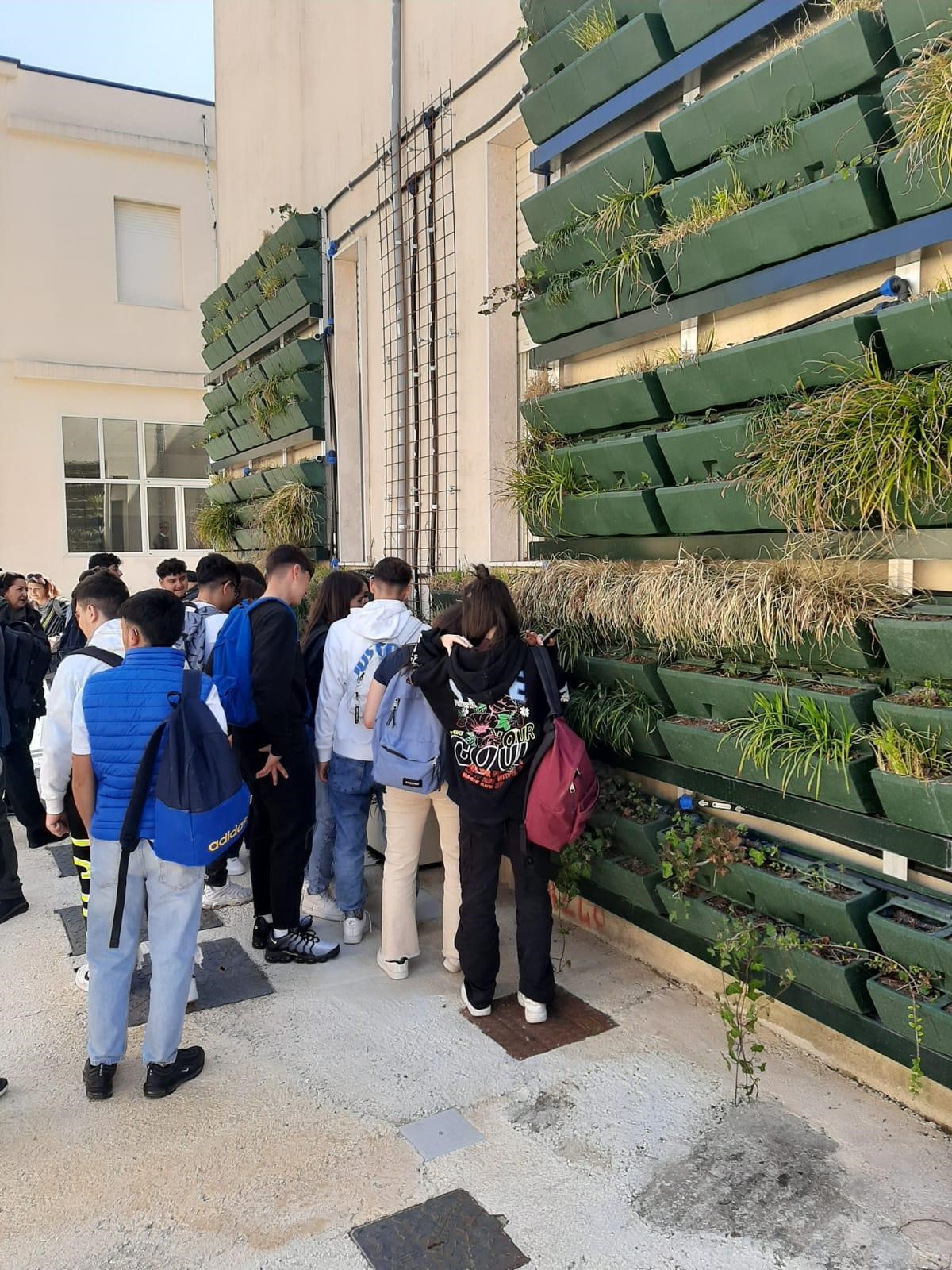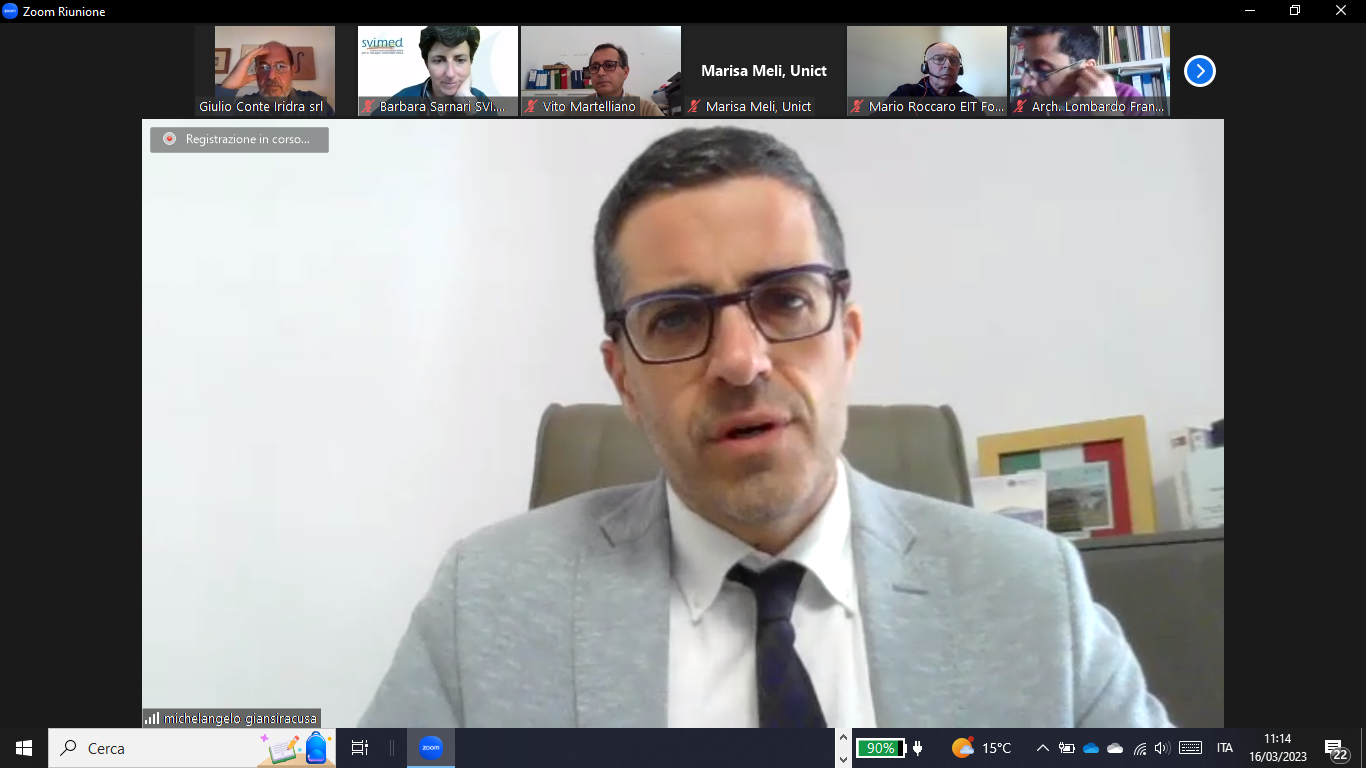Continua il percorso di riprogettazione urbana iniziato dalla SVI.MED. con gli abitanti di Ferla (SR) lo scorso febbraio, nel quadro del progetto URWAN. In occasione della Giornata Mondiale dell’Acqua, lo scorso 21 e 22 marzo, è stata infatti raggiunta una delle sue tappe fondamentali: il laboratorio di co-progettazione, che ha coinvolto la popolazione intera, dai più piccoli ai più grandi.
Mediante la metodologia Start Park, che usa la gamification per stimolare processi bottom-up di co-progettazione di spazi urbani e grazie al supporto di Iridra e Codesign Toscana, ragazz* e adult* sono stati coinvolti in un processo giocoso e immaginativo, in grado di unire razionalità e creatività verso un obiettivo comune: la riprogettazione di uno spazio urbano – la piazzetta Aldo Moro – tramite l’integrazione di una visione di adattamento ai cambiamenti climatici e l’introduzione di Soluzioni basate sulla natura (NbS) per favorire, al contempo, una gestione più efficiente e sostenibile della preziosa risorsa idrica.
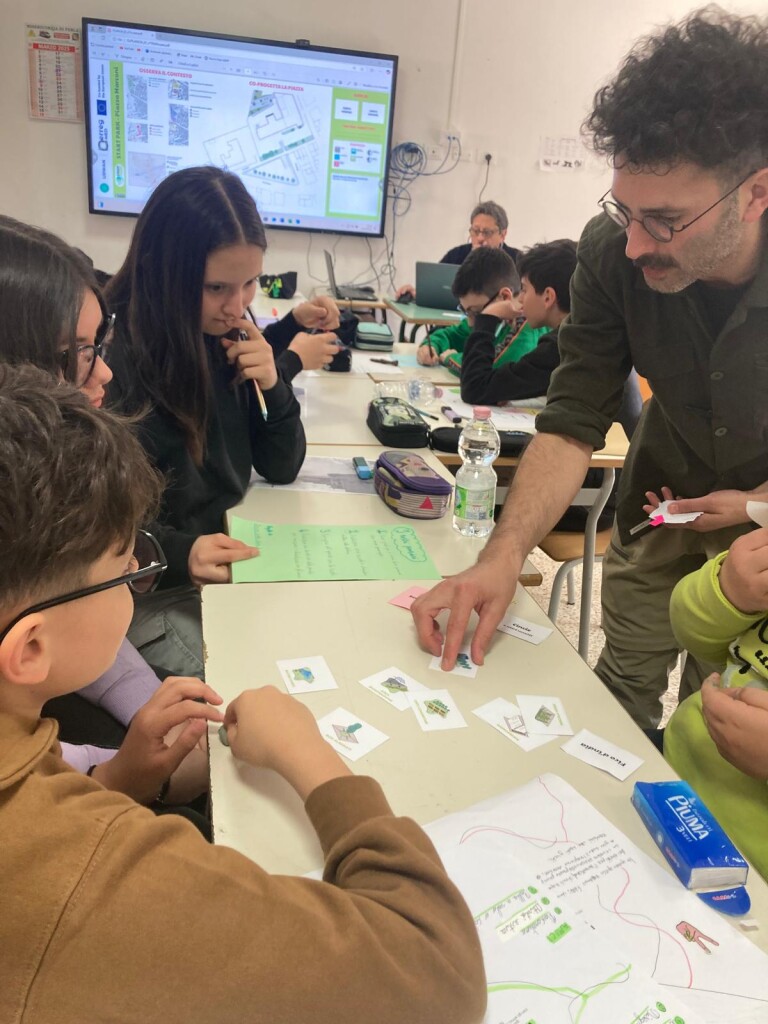
“La crisi climatica è anche una crisi dell’immaginazione”, come dice Amitav Ghosh ne La grande cecità, perché spesso ciò che manca dopo la presa di consapevolezza di un problema, è lo slancio creativo nell’agire, causato anche dalla mancanza di una visione futura collettiva. A Ferla, invece, è stata proprio la capacità di immaginare ad essere stata messa al centro di un intenso ma giocoso processo che ha reso le persone vere e proprie protagoniste del cambiamento da attuare, dando loro la possibilità di costruire ipotesi e utopie possibili, alimentando la conoscenza del mondo, proprio e collettivo, verso visioni nuove di un presente-futuro più sostenibile. Proprio questa cittadinanza più consapevole e visionaria, ma anche attenta alle possibili soluzioni naturali che possono rendere il proprio paese un luogo più bello, sostenibile e utile alla comunità è il frutto dell’efficace e ormai pluriennale collaborazione con l’amministrazione comunale di Ferla, come nel caso del progetto NAWAMED che ha permesso l’installazione della parete verde per il riuso delle acque grigie della scuola, ora monitorata grazie al progetto Horizon Europe CARDIMED.
Le due giornate di incontri hanno, infatti, messo in luce i desideri e le idee ispiratrici degli studenti della scuola I.C.S. Valle dell’Anapo insieme a quelle del resto della comunità: spazi di aggregazione più verdi, creativi, sicuri, innovativi sono la sintesi delle aspirazioni comuni.
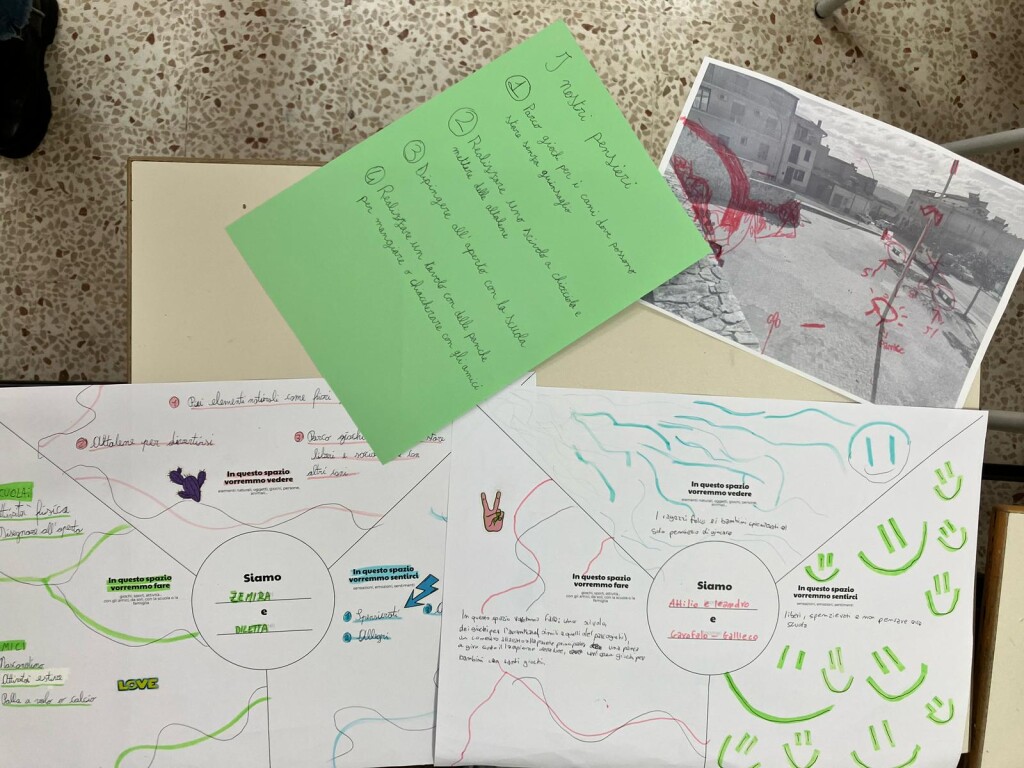
Nel corso della prima giornata di workshop a scuola, gli studenti hanno avuto l’opportunità di dare spazio alla propria fantasia ed immaginazione, ripensando uno spazio che conoscono attraverso i propri occhi e le proprie esigenze, mediante attività in grado di stimolare riflessione e creatività, come l’uso di immagini, disegni e la creazione di narrazioni nuove.
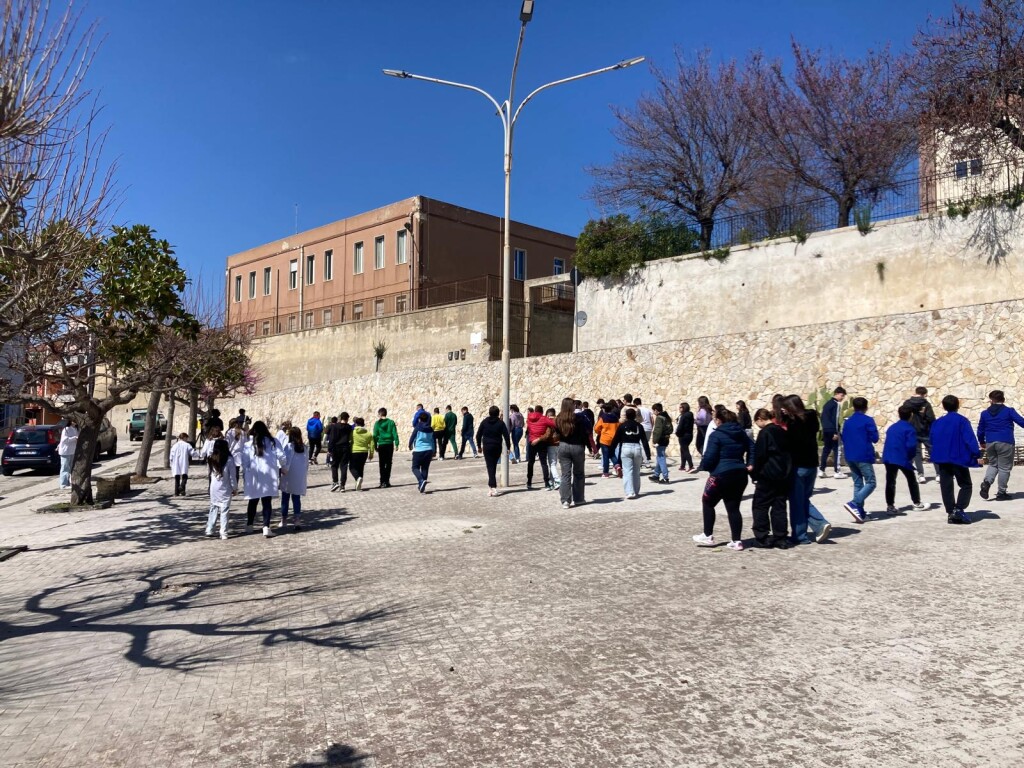
Durante la seconda giornata, all’Auditorium comunale, planimetrie della zona da riprogettare e carte da gioco hanno stimolato la creatività del resto della comunità in maniera più pragmatica, seguendo le regole di Start Park. Carte visione, carte attività, decoro e carte raffiguranti NbS sono state utilizzate per delineare una nuova configurazione della piazzetta oggetto di analisi, tenendo in considerazione anche l’aspetto dei costi e della manutenzione delle proposte in modo tale da rendere quanto più realistica anche la più utopica delle idee.
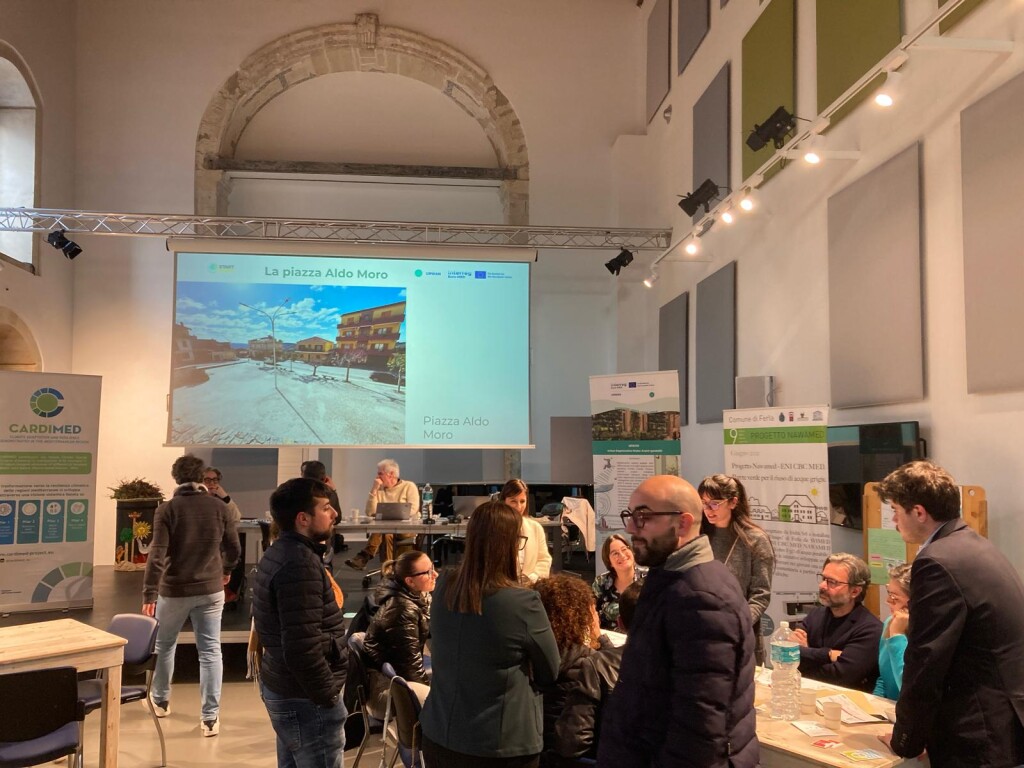
La crisi climatica è una multi-crisi e con il progetto URWAN e l’ormai pluriennale collaborazione del Comune di Ferla, agiamo su diversi aspetti contemporaneamente al fine di contrastarne le cause alla radice. L’entusiasmo dei più giovani e il prezioso contributo degli adulti hanno arricchito il laboratorio, generando un confronto ricco di idee e proposte che saranno ben presto trasformate in un vero e proprio studio di fattibilità della piazzetta Aldo Moro, il quale sarà consolidato come uno degli scenari possibili, grazie al gemello virtuale creato per Ferla nell’ambito del progetto URWAN, misurandone l’impatto sugli indici di resilienza della cittadina.
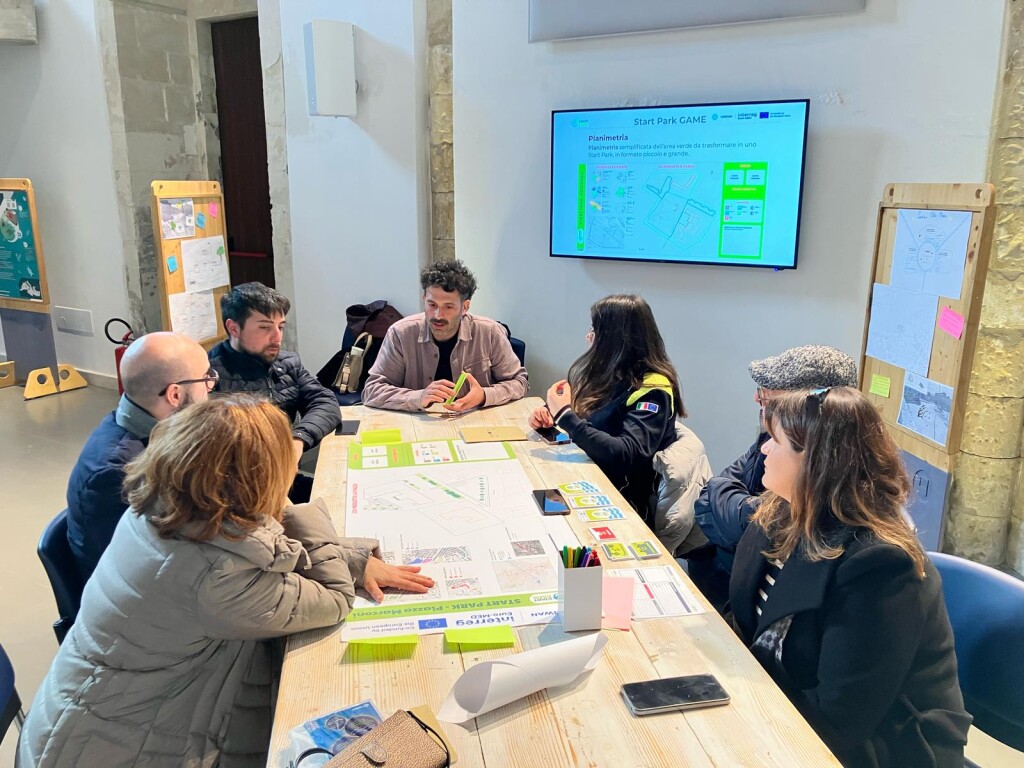
Da azioni locali si possono creare cambiamenti globali e le giornate appena trascorse, insieme a quelle che verranno nei prossimi mesi, ne sono e ne saranno sempre la prova.
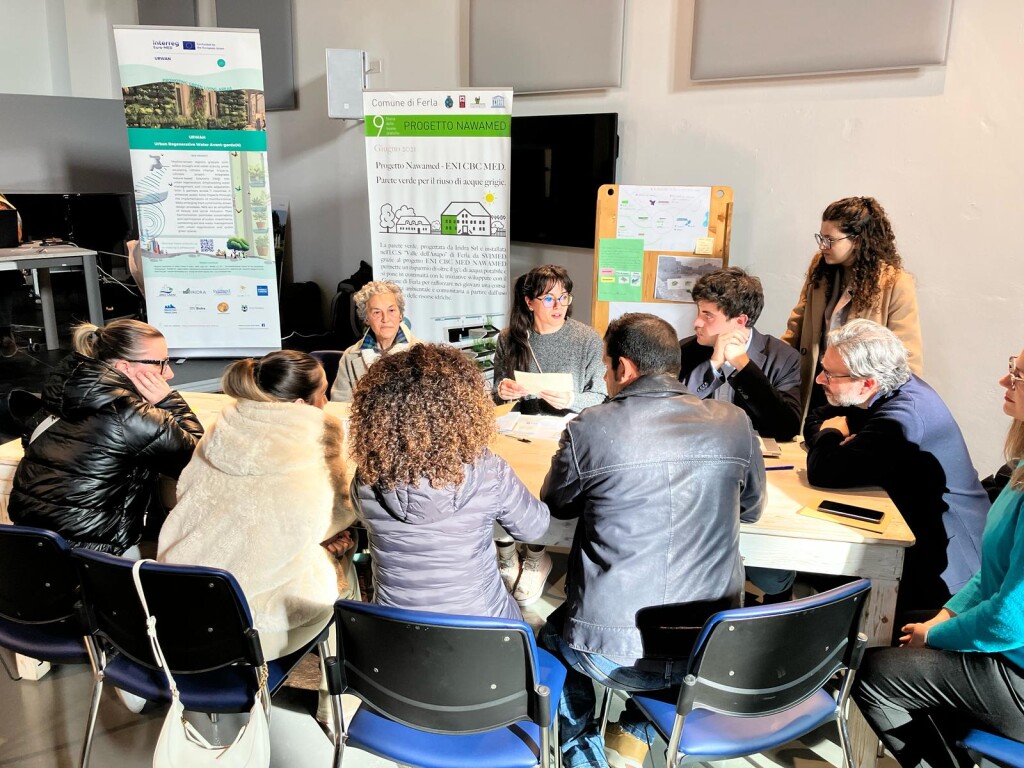
Date un’occhiata al video dedicato ai due giorni di co-design al seguente link: [kad_youtube url=”https://www.youtube.com/watch?v=c5EQcgY1UYw” ]



